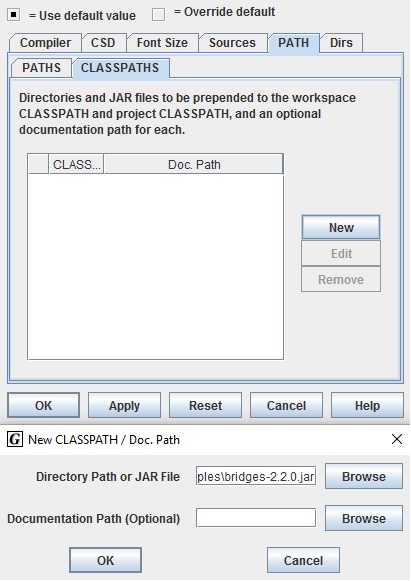
Our eyes must see violence, entangling us in their guilty offence then as they silence our voice, like dumb dogs we have no choice. We accuse those who drove us to the evil deed, who allowed us to share their guilty seed, who made us witnesses of the just abused, only to despise those they had used. “Hunted by men and maligned, defenceless and guilty to their mind, by intolerable burdens abused, yet we declare them the accused.

The presence of RBCs in CSF can result from an intra-cerebral or sub-arachnoid haemorrhage or from a traumatic lumbar puncture in which peripheral blood contaminates the CSF.(source: UK Standards for Microbiological Investigation - Investigation of Cerebrospinal Fluid) Determination of glucose and protein concentrations.The diagnosis of meningitis from the examination of CSF involves the following: Cerebral Spinal Fluids (CSF) Protein and Glucose.Meningitis and acute encephalitis are notifiable diseases.If prion disease is suspected please contact the laboratory before sending any samples.Investigations for viruses, Mycobacteria and other unusual organisms are referred to external laboratories.Investigations for protein, glucose and xanthochromia are performed in Chemical Pathology.Please inform the laboratory when these samples are collected.Analysis of CSF may be useful in the diagnosis of meningitis, encephalitis or sub-arachnoid haemaorrage.Seventy-two years on, Bonhoeffer’s words speak with a sharp relevance: ‘ I hear men in angry mood. Innumerable voices in wild confusion, a dumb choir assaults the ear of God. Sequential samples 1 and 3, from one lumbar puncture, are examined.The presence of this contaminating blood may make interpretation of the CSF analysis more difficult, but rarely obscures CSF abnormalities associated with bacterial meningitis. Cell counts are not possible on clotted samples.CSF obtained more than 12 hours post intra-cranial haemorrhage may show raised WBC counts of up to 500 x 106/L as a result of an inflammatory response.A WBC: RBC ratio of 1:500 to 1:1000 is generally regarded as not indicative of infection.Uniform bloodstaining of all samples suggests previous haemorrhage into the sub-arachnoid space, whereas reducing counts in sequentially obtained samples suggest bleeding induced by the tap procedure. Ideally a minimum volume of 1mL is required for microscopy and culture. If other investigations are to be included a larger volume is desirable. For Mycobacterium investigations collect as much as possible. Optimal volume for adults is at least 6 mLs. Please inform the laboratory when these samples are collected.ĬSF is normally collected sequentially into three or more separate containers which should be numbered consecutively. Send samples 1 and 3 to Microbiology and sample 2 to Chemical Pathology.įluoride tubes for glucose estimation must be filled last because they may contain environmental bacteria which might otherwise contaminate samples for culture. Samples must be transported to the laboratory with minimal delay. A delay of more than 2 hours between sample collection and processing may affect the cell count. Hold samples at room temperature if transport is delayed. Routine microscopy results within 1 hour of receipt. Specialist microscopy tests will take longer.Exclusive analysis of biotech, pharma, and the life sciences Learn MoreĪLS is an aggressive, chronic disease that carries a three-to-five-year life survival rate after diagnosis. Some people, as Stephen Hawking did, may live longer, but many don’t. Each patient’s ALS is different, clinicians say. But a consistent part of the disease is a brain-body disconnect that arises as message-carrying motor neurons in the brain and spinal cord die. The brain can’t communicate signals down to the muscles, making it difficult to move, speak, eat, and perform other basic tasks.

In 1993, a critical paper suggested a gene called SOD1 was a cause of the disease, giving scientists an entry point for research. But certainty has been elusive since then. It is estimated only 10% of ALS cases are caused by inherited genetic mutations - what’s called familial ALS the other 90%, those sporadic cases, have an unknown cause.

Scientists surmise it might be multiple overlapping biological factors that are set off by an environmental trigger, but they really don’t know. The last to be approved, in 2017, was edaravone, and it is the only new drug to be approved for ALS in almost three decades.īrainstorm to seek FDA approval for ALS stem-cell treatment, despite agency objections At least 70 trials of potential ALS drugs have failed, leaving patients with just a couple of FDA-approved treatments.


 0 kommentar(er)
0 kommentar(er)
